Some character-building encounters with wind, rain and cloud teach this handful of pilots the perils of optimism.
‘Forecast looks good, mate. The hail isn’t meant to start ’til after last light and we can easily duck around those thunderstorms. Jump in.’
In moderation, a dose of optimism is a wonderful thing. In fact, when coupled with some decent research, it’s actually what can get us airborne into surprisingly nice conditions when a forecast has suggested coffee on the couch with a very thick book.
That’s the thing about flying and weather – how do you gain experience in dealing with tricky weather decisions inflight when you haven’t exposed yourself to marginal conditions? Before I got my PIFR, I used to ground myself at the first sign of a cloud forming over Johannesburg. I’ll only say it once, but getting that rating was a complete game changer in my flying journey.
Exposure to challenging weather is where instructors are gold. Never turn down the chance to do some dual training in conditions that may have otherwise seemed unwise to tackle on your own. We know the rules: it’s all about situational awareness, always having a backdoor available and making your diversion decision early, so you don’t run out of options.
But the temptation of get-there-itis is very real. I have enlisted the help of fellow pilots to share some close calls with us. Note that in every case, the pilot has worked out for themselves what they could have done better, and how they learnt a lot from an arguably scary situation. Interestingly, it’s mountain waves that lead the pack.
Here are their stories, in their words:
Pilot Alpha – Rock ‘n’ roll
Can’t wait! A couple of days away to Tumut with a few flying buddies to celebrate Christmas! The forecast told me an IFR plan was needed into Tumut, which I was looking forward to, especially with an experienced IFR copilot coming along in the right-hand seat. In the back seat we had a regular tag-along passenger, not a pilot.
The forecast included some turbulence and moderate mountain waves, so I kept that in mind as we headed off. Our climb was bumpy and so I wacked on the wonderful GFC 500 autopilot to do all the work. All I needed to do now was monitor the instruments and performance.
Over the mountains, things got really interesting. The nose attitude got higher and higher and the airspeed started to drop alarmingly. The autopilot was fighting to maintain our altitude in what by now I’d figured out was a strong mountain wave! The normal Mooney TAS of 150 kt dropped to 130, 110, 100 – still well above stall speed – but that needle kept going down – 90, 80 – really fascinating. The backseat passenger found it less fascinating, given she felt like she was about a metre below the front seat looking skyward to the back of my head.
Holding height was proving impossible. Eventually, after a confab in the aircraft, we disconnected the autopilot. Good decision. As if with great relief, the nose dropped, speed increased; we dropped a few hundred feet and ATC asked if we were ok. We altered heading to change our angle across the mountains. I learnt a huge lesson that day, including gaining a whole lot of respect for that phrase ‘Moderate MW’ on the GAF. My backseat passenger was frightened and I never want to cause that again.
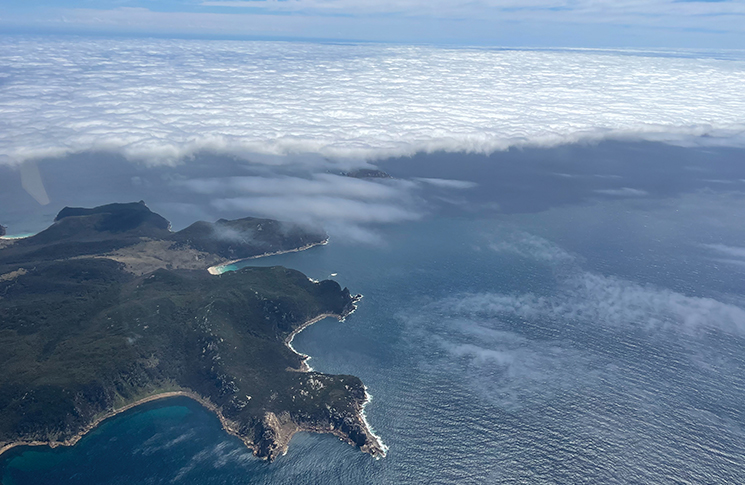
Pilot Bravo – Nothing to see here
The forecast included moderate mountain waves above 4,000 feet. I admit I tended to give this inadequate weight due to previously finding mountain waves giving me only a mildly rough ride for a period over the edge of the mountains and little else.
This day, with 2 passengers in the back of the Arrow, I climbed out of Bankstown on an IFR plan tracking to Katoomba on the SID. Climbing to 6,000, we entered cloud adjacent to Richmond. The ride was rough so, being in controlled airspace, I requested climb to 8,000. At 8,000, still in cloud and not yet at Katoomba because of the 60-knot westerly, we started descending at 600 fpm – despite climb power and attitude being selected.
I requested a block clearance of 6,000 to 8,000 feet. For the next 20 minutes or so, we had descents of 1,500 fpm, followed by climbs of 1,500 fpm, with 30-degree swings left and right of track! The autopilot was incapable of dealing with these swings so I was hand flying in cloud trying to keep on track and get back to 8,000 ft. At one stage, the ground speed reduced to 13 kts!
No alarm bells had gone off when he’d read the forecast of mountain waves and 30-knot westerlies – at right angles to the mountains!
I was hoping the situation would calm down after we reached Katoomba where the terrain would be consistently higher and the waves less severe. Fortunately, this is what eventuated – we were again maintaining 8,000 before Lithgow and generally above cloud.
I really should have planned to fly anywhere but over Katoomba that day. The very strong westerlies and the steep drop-off on both sides of the Blue Mountains are a recipe for extreme mountain waves, which is what I believe I encountered. To do so in IMC is anyone’s worst nightmare. I should have planned via Maitland and the Hunter Valley, avoiding the highest ground and some of the cloud. I’ve got a lot more respect for mountain waves now.
Another pilot related his harrowing story of encountering mountain waves down near the Snowies, with his teenage daughter onboard. Same deal – turbulence, unable to climb, then dramatic updrafts and downdrafts. No alarm bells had gone off when he’d read the forecast of mountain waves and 30-knot westerlies – at right angles to the mountains! He remarked he thought mountain wave would only be a problem in the USA!
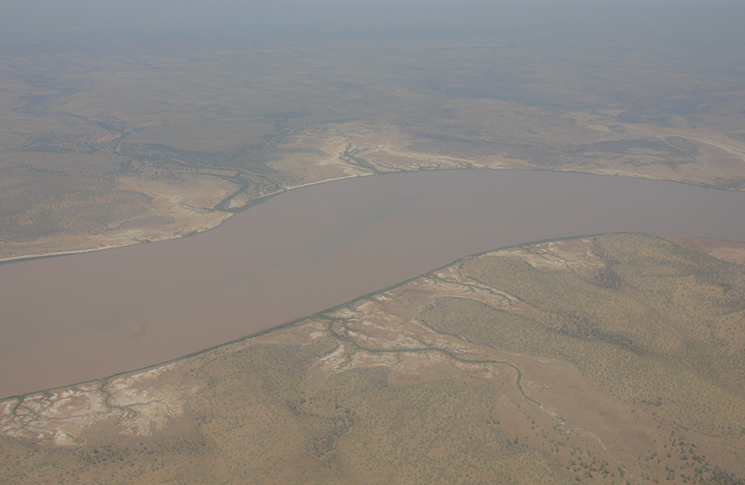
Pilot Charlie – The rain queen
It’s day one of an air safari and I’m excited, heading off from Cessnock to meet the rest of the crew in the NSW coastal town of Merimbula. I’m a VFR pilot and the weather isn’t great, with low cloud and squalls of rain on the forecast (and also via my eyeballs). But I thought we’d give it a go and see if we could get coastal and then steer clear of it. There was just that pesky little gap through the mountains to get through – Freeman’s Gap – but off we went. (Sensing get-there-itis already?)
Through the gap we went and then bang! Well, that’s what it felt like – all I saw in front of me was a wall of water. I had almost zero visibility, but below was ok, so my only choice was to use the old adage of IFR – I follow roads. After some nerve-wracking minutes, we got past the rain and out to the coast. While the rest of the flight was comparatively uneventful, my workload stayed high, avoiding squalls of rain and moody weather along Victor One. The weather cleared as we headed south, but that moment through the gap has stuck with me all these years.
Arriving at Merimbula I felt a great sense of relief and, soon after, talking to the tour leaders who were instructors, said I wanted that close call to never happen again. I booked into PIFR training straight away to upgrade my skills, and upgraded my aircraft while I was at it.
The sense of security and confidence I now feel with an often-used PIFR rating is gold – it takes the blind risk out of a situation and replaces it with manageable options.
Sometimes we are the innocent victim of weather, but far too often we’ve had the warning and chosen to ignore it.
Pilot Delta – Where’s the blue?
I was flying from Bathurst to Moorabbin. The cloud at Bathurst was, as forecast, broken at 4,000 feet and I was waiting for a gap in the weather to get out. I rang the bureau and a forecaster said the weather was clearing and to expect to see an opening in the next half hour, after which it looked clear to the south.
With that information, and looking at the latest forecast, I was conscious the time was already 11 am. I could see the cloud was breaking up a little bit to the south, so I departed. I got to about Wyangala Dam, close to Cowra, and it was overcast at about 4,000. There is rising terrain in that direction and I had that uncomfortable feeling of getting pinched between terrain and low cloud. I did think to myself, I can turn back – I was about 30–40 nm south of Bathurst which I knew was clear.
I didn’t feel comfortable continuing on at my current altitude of 4,500. But as I was making these decisions, I saw a little hole, with blue poking through it and I thought, ‘Oh well, I’ll just climb up through that’. But as I pitched the nose up for 75 knots to climb through the hole, the blue was suddenly all gone, now replaced with thick grey! It happened so quickly – it scared the s**t out of me. My hands immediately went cold and clammy. I was absolutely terrified.
I reckon I might have only been in cloud for about 30–45 seconds, but the fear was total – and debilitating, when I look back on it. I remember looking at the ASI as I was pitching up and the airspeed was decaying but the problem was the ASI was the only gauge I was looking at. I had lost visual reference to the horizon and, because I was panicked, I didn’t even think to look at the artificial horizon!
I’ve done the 5 hours of basic instrument flying in my PPL training but, to be honest, I haven’t practised it much and it really highlighted how dangerous that is and how we need to keep that skill current. It’s like I remembered the training, but it wasn’t my default in this situation. More dual training for me!
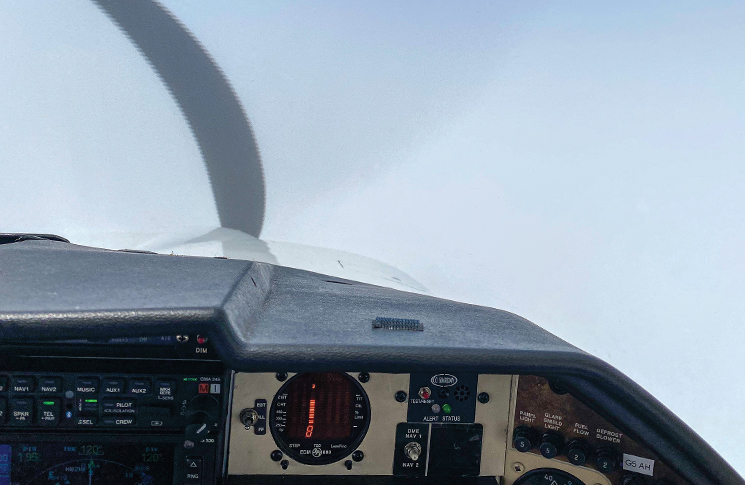
Tales of horror and despair
We received many more stories which cannot fit here, where pilots had been truly scared by encounters with bad weather, from low cloud, thick smoke and heavy rain, to dust storms reaching beyond 10,000 feet.
I remember unforecast sea mist turning our entire fleet around as we flew along the beach of the Great Australian Bight.
Sometimes we are the innocent victim of weather, but far too often we’ve had the warning and chosen to ignore it.
Standing out like beacons in every one of these tales was wording such as: ‘… it looked like it was clearing up ahead’; ‘I figured this wouldn’t last too long … ‘; ‘last time, this didn’t end up being a problem’ and ‘It all went really dark really fast’.
Since flying began, pilots have been pushing the weather envelope. Meteorology is a massive topic in our theory studies for a damn good reason. Yes, close encounters are going to give us valuable decision-making experience, but just make sure your skill levels are up to the task if you want to make it home for dinner.
All fogged up and no place to go
Pilot Echo: On my first outback trip 20 years ago with a newly minted PPL, I encountered rolling fog. Crikey, that woke me up.
It was a bluebird day in winter and we were making an early morning VFR departure from Noccundra in south-west Queensland. The first 3 aircraft took off without a hitch; 2 to go. Then we heard the radio call, ‘You guys better get moving, there’s a thick rolling fog coming towards you at the rate of knots’. A what? We thought that sounded like we should probably get going while we still had a clear sky in front of us.
Halfway down the runway, out of the corner of my eye, I see a big red come bounding out of the right-side bushes and, to my horror, her 3 joeys right behind her. Hang on, make that 4 – there’s a straggler! There was nothing for it but to slow down to avoid hitting them. By then, the tree line to our left had thinned and I saw the edge of the fog crawling like a python towards the edge of the runway strip.
It was like watching a movie in slow motion. With what I considered enough runway still left, I reapplied full throttle and lifted off. When I looked back at the runway, it was completely obscured in the shallow fog – slant visibility was zero. I imagine a flight instructor would have a field day unpacking that debacle. That was the day I started filling my experience bucket.
Pilot Foxtrot: I took off from the back of the Nullarbor Roadhouse in late August, a few years back. It was quite early and a bit foggy but only up to 15 feet high. I cleaned the condensation from the windscreen and took off. As soon as I was 15 feet off the ground, and had cleared the fog, the windscreen completely fogged over, leaving me with zero visibility.
I kept climbing to clear any structures and after about a minute – a very long minute – there was a sliver of clear screen near the door pillar. It took a couple of minutes to clear the screen so I could see through it. I’m only a VFR PPL and it was a moment I hope not to repeat.
When I looked back at the runway, it was completely obscured in the shallow fog.
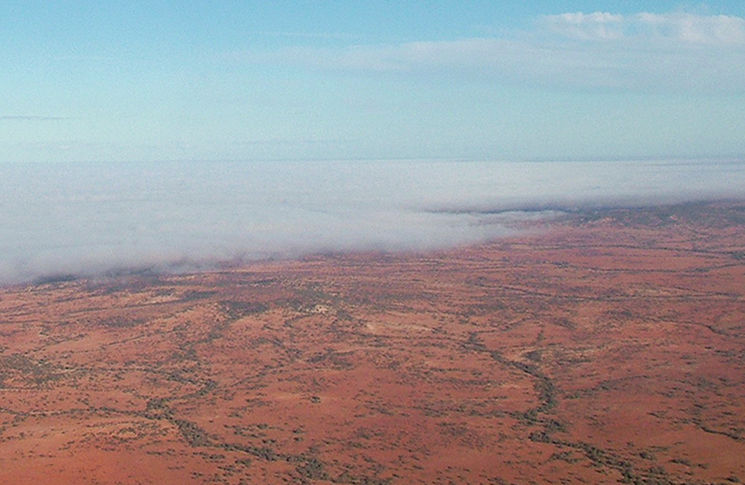
What happened?
We asked Ian Ryan, flight instructor at Tristar Aviation, to throw some light on what went down here. ‘The effects of clouds don’t stop where the fluffy parts finish,’ he said. ‘Flying near cloud – or fog – can cause issues such as turbulence and icing, both in the engine and on the airframe. In this case, however, it is likely the windscreen fogged because of the cold temperature of the windscreen and the high humidity outside the aircraft.
‘As the (cold) windscreen moved through the nearly saturated air, the air cooled enough to condense water onto the windscreen. It would have been difficult to quickly evaporate the water off the windscreen because of that surrounding air being saturated. Turning on the defrost heated the windscreen and adjacent air, reducing the relative humidity so the water could now more easily evaporate.
‘Unexpected scenarios like this give even more credence to why it is illegal for VFR pilots to fly through fog and cloud. Without the proper training and practice, the consequences of flight into IMC can be catastrophic. We encourage pilots to enrol in an instrument rating – either PIFR or the full IR – to better equip them with the skills to keep safe both inside and outside of cloud.’
Weather and forecasting is one of the special topics on our Pilot safety hub.

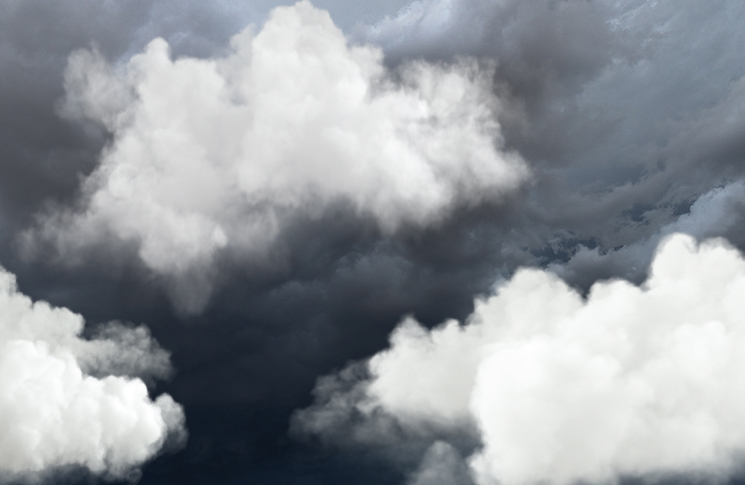
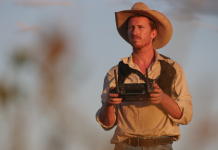
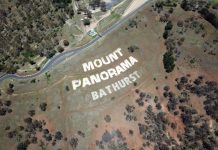


Comments are closed.